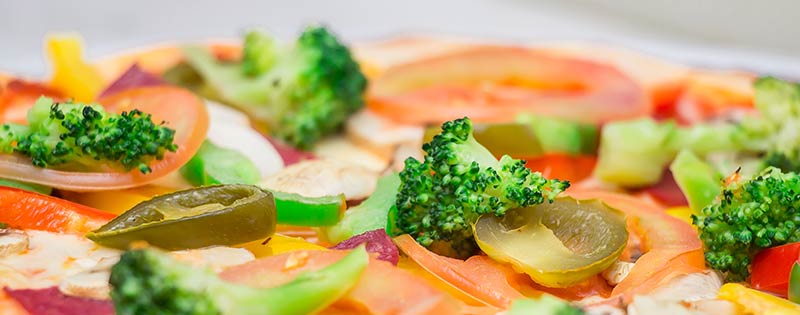by Brent Hearn •
Keeping up with the latest research on nutrition, and what constitutes a healthy diet, can be extremely frustrating. Throw in a few truckloads of marketing money for fad diets and well-meaning hype about the next new (or old) superfood, and all the conflicting information can be overwhelming.
From body type to genetics, from activity level to age, so many factors go into determining what’s ideal for our bodies. That said, there are some common-sense considerations that can help to guide us along the path to healthy eating. As it turns out, it’s not about finding some top-secret body hack or a single magic bullet; it’s accepting that finding the right answers starts with asking the right questions. Like this one:
Why do we eat?
We’re not looking for an existential solution here. Obviously, we eat to stay alive, but when your stomach starts rumbling mid-afternoon, you don’t reach for the snack that’s closest at hand because it’s a matter of life or death. And though other considerations can factor in—habit, stress, etc.—the simple answer is: We eat because we’re hungry. Following that logic:
To eat less (and better), we should spend less time being hungry. Nothing revolutionary there. But how do we do that? Well, one way is to eat foods that fill us up and keep us full for longer. These foods tend to be better for our bodies, and eating better leaves less room for the stuff that packs on the pounds. This leads us to our next question:
What makes a food filling?
Now we’re getting somewhere! Susanna Holt, Ph.D., created a system called the Satiety Index that measures the ability of various foods to satisfy hunger. Foods that are high in protein, high in fiber, high in volume (foods containing a lot of water or air), or low in energy density (low in calories for their weight) score well and thus tend to be more filling.
Another rule of thumb: Unprocessed foods generally trump processed foods. That candy bar or bag of cheesy-dusted corn chips may be delicious, but it’s probably not going to satisfy your hunger for long. Here are a few examples of some excellent, filling food combinations. (For more ideas, check out the bottom three links at the end of this article.)
- Apple with peanut butter – With fiber, protein, carbs, and fats, this nutritional powerhouse is a classic for a reason. Use natural peanut butter—just peanuts and some salt—and don’t go overboard with it. (And obviously, steer clear if you’re allergic.)
- Greek yogurt and raspberries – Protein? Check. Fruit with high fiber and water content? Check. Delicious breakfast or dessert? Check!
- Popcorn with grated parmesan and herbs – Popcorn gets its not-so-stellar reputation from the butter-drenched movie theater variety. This afternoon snack is high in fiber, low in energy density, and has enough flavor to keep things interesting.
- Avocado toast – The much-maligned millennial standby doesn’t deserve its bad rap. An avocado is chock-full of goodness (protein, fiber, and healthy fats), and when you spread it over some whole-grain toast and drizzle it with a bit of olive oil, you’ve got yourself a heck of a meal.
Sources
http://www.mendosa.com/satiety.htm
https://www.healthline.com/nutrition/15-incredibly-filling-foods#TOC_TITLE_HDR_2
https://www.tasteofhome.com/collection/healthy-filling-foods/









 ▶︎
▶︎  Why is the Discount Challenge prize amount $15,024? Because that is the average “per-occurrence” fine for Medicare inducements. That’s not $15,024 per patient, that’s not per provider, that’s PER VISIT. Stinks, doesn’t it? To us, the prize amount is worth the investment if we can help our profession better understand proper discounting.
Why is the Discount Challenge prize amount $15,024? Because that is the average “per-occurrence” fine for Medicare inducements. That’s not $15,024 per patient, that’s not per provider, that’s PER VISIT. Stinks, doesn’t it? To us, the prize amount is worth the investment if we can help our profession better understand proper discounting.